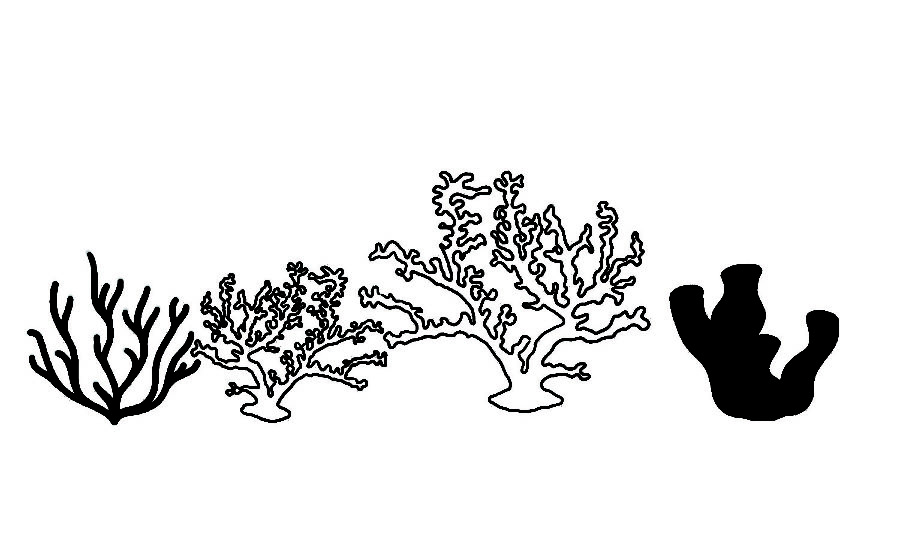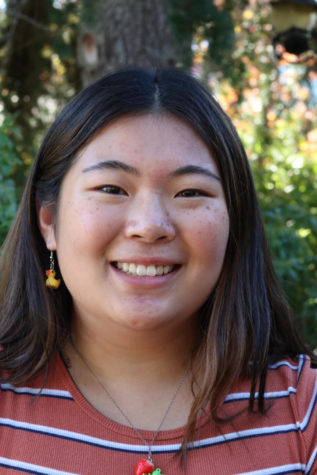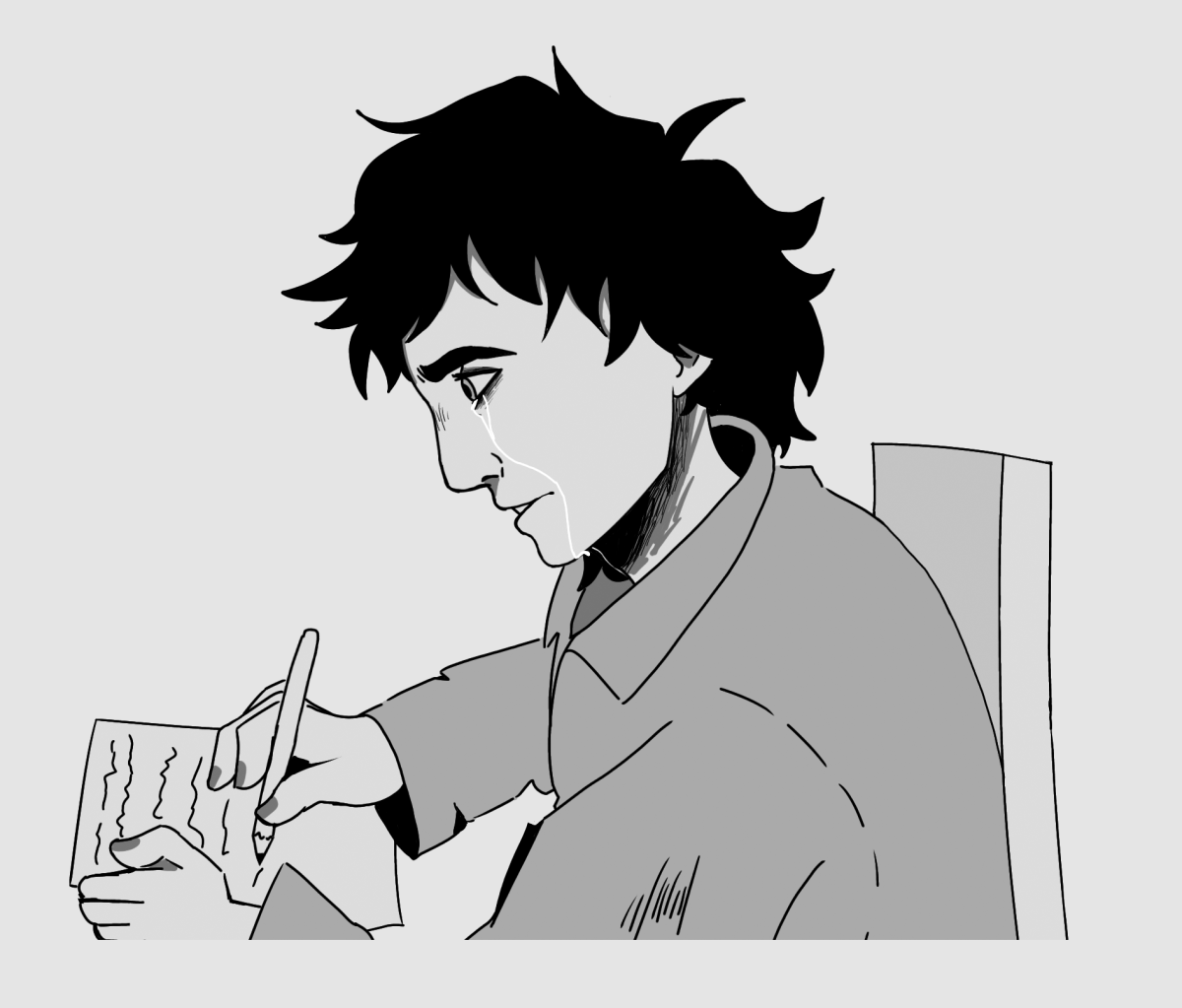When I was taking the Honors Biology class at MTHS as a freshman, one of the introductory units was about ecosystems: systems where plants, organisms and other factors interact with each other and create intricate results based on those interactions. We created our own ecosystem jars and watched snails give birth and die, and water plants grow out of control. Even if I would enjoy focusing on the animals, sea plants are just as important and fascinating.
Starting with the basic seagrass, a plant that’s name originated from the land plant, you guessed it, grass. Seagrass is able to grow flowers by reproducing sexually or asexually, and one alone is able to create an entire blooming forest on the ocean floor. Considering the wide range of animals that rely on it as a food source, including sea turtles, sea urchins and even some sea birds, the plant must be pretty tasty.
Along with all of the flowy plants that live in the ocean, thousands of microorganisms that can’t even be seen can also be found. They might not appear to be that important in the grand scheme of things, but they play a crucial role in the smaller ecosystems existing in the Pacific. One of these microorganisms is the phytoplankton, a plant that floats around in the water, eating up sunlight and other microorganisms. Their main purpose is to provide nutrients for other creatures, meaning they basically live to die, which is a pretty sad, although necessary, existence.
Seagrass and phytoplankton both play a necessary part in sustaining the Pacific’s ecosystem, but what are some other organisms that have more uncertainty surrounding their uses? One is the antipatharian, nicknamed the black coral despite its wide variety of colors. Like other coral, it is typically found grouped together in reefs on hard surfaces, providing more relationships between predator and prey. As these special coral have a slow life cycle and live in hard-to-reach locations, not much is known about them further than the basics.
To add to the confusing mix, in 2020, the National Oceanic and Atmospheric Administration founded three more species of black coral in the Pacific Ocean. What is so significant about that? Turns out, these new species may contain special bioactive compounds that could be used to fight fatal diseases such as cancer. These organisms have been used by Pacific Islanders in the past for more simple treatments, but curing other common deadly diseases could be a game changer. The difficulty in learning more about this plant-like animal comes from its location in the ocean. While possible to get down to the deep seafloor, only about 20% of it has been mapped, and it takes a large number of resources and time to explore even just a bit of the floor.
Another issue comes from scientists not wanting to disrupt or damage the ecosystem. A majority of the creatures and plants that are in the deep sea are still fairly unknown to us. In order to perform research, the ecosystem would need to be tampered with, and scientists don’t consider that safe yet. At this moment, there is ongoing research about the black coral and how it could help us. In due time, and with enough luck, we might just be able to have a cure for major diseases that could change the world.















